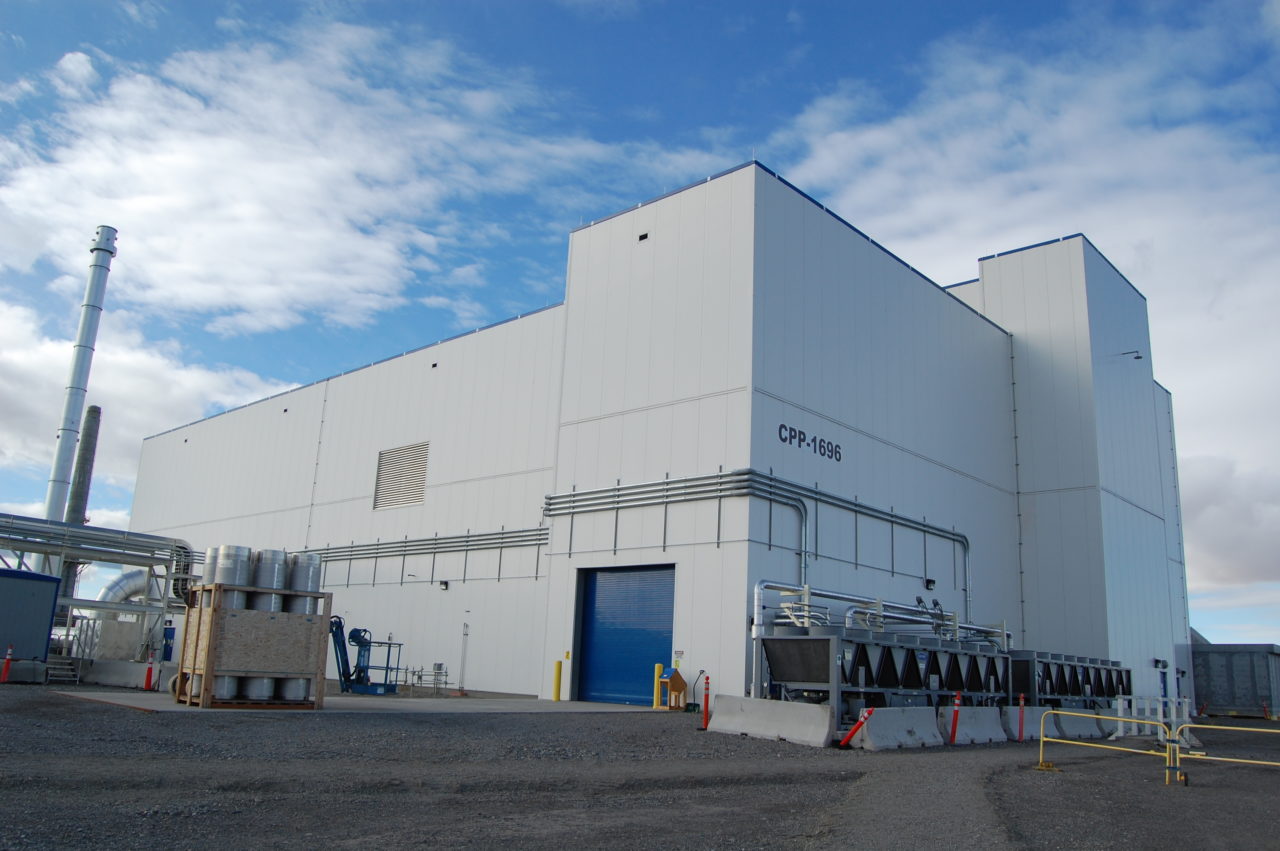
Weapons Complex Monitor Vol. 34 No. 07
Visit Archives | Return to Issue PDF
Visit Archives | Return to Issue PDF
Weapons Complex Monitor
Article 1 of 11
February 17, 2023
IWTU starts up with simulant; ‘real waste’ ops planned next month in Idaho

The Department of Energy and its cleanup contractor at the Idaho National Laboratory started operating the Integrated Waste Treatment Unit Monday with simulant, an agency official told a local citizens group on Thursday.
After completing plant warm up over the…
Partner Content